BBC Future
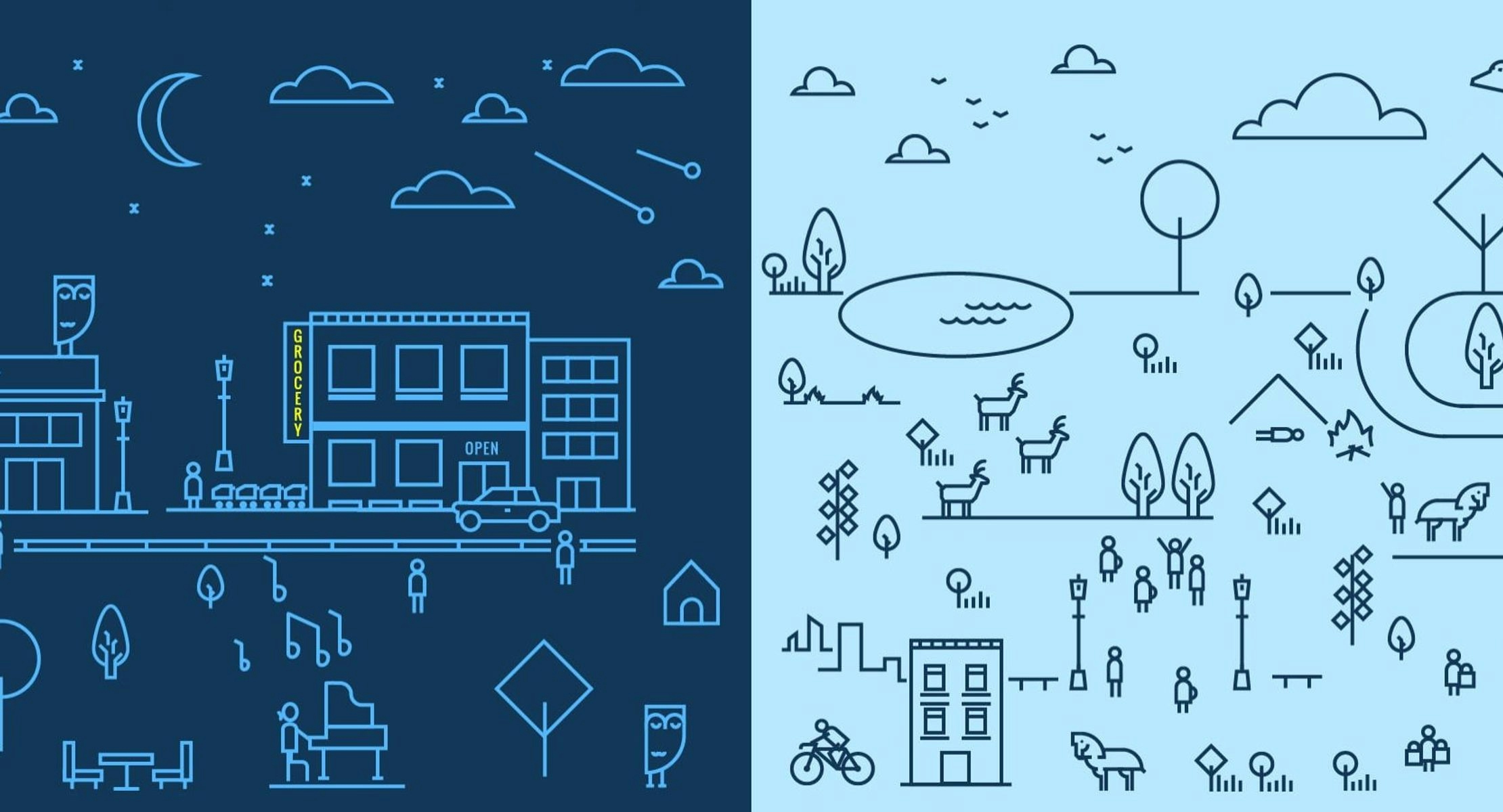
Our challenge was finding a timezone-traversing story for a global audience. What data would be universally interesting? And what about people getting up and going to bed at different times? Being on different schedules?
So we asked two questions – what time do you get up, and what time do you go to bed? Armed with this info, we gave users a day’s worth of data based on their specific routines.
We also broke the data into two chunks – data that was dependent on your waking time, and data that wasn’t.
For example, the universally best time to fly is between 6am and 10am but the best time to have your coffee is always 2 hours after you wake up, whether that’s a 7am rise or a 10pm night shift.
We also dotted famous faces across the 24 hour timeline, like notorious short-sleeper Mozart’s 1am bedtime and daily napper Winston Churchill.
The design transitioned from soothing daytime blues to deep midnight navy. Bright yellow highlighted stories on the page, while animated touches, like twinkling stars offered an extra touch of depth.


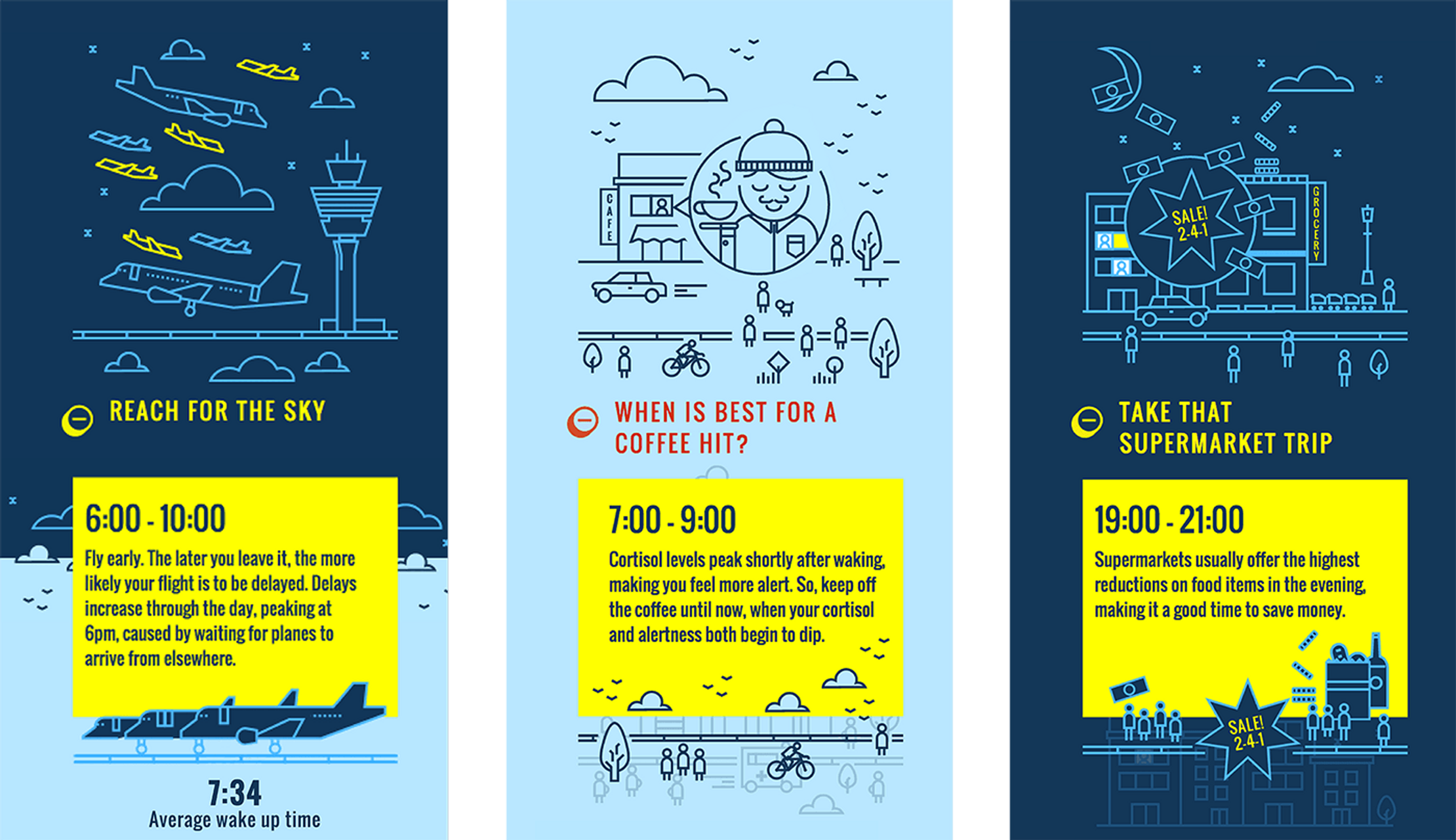
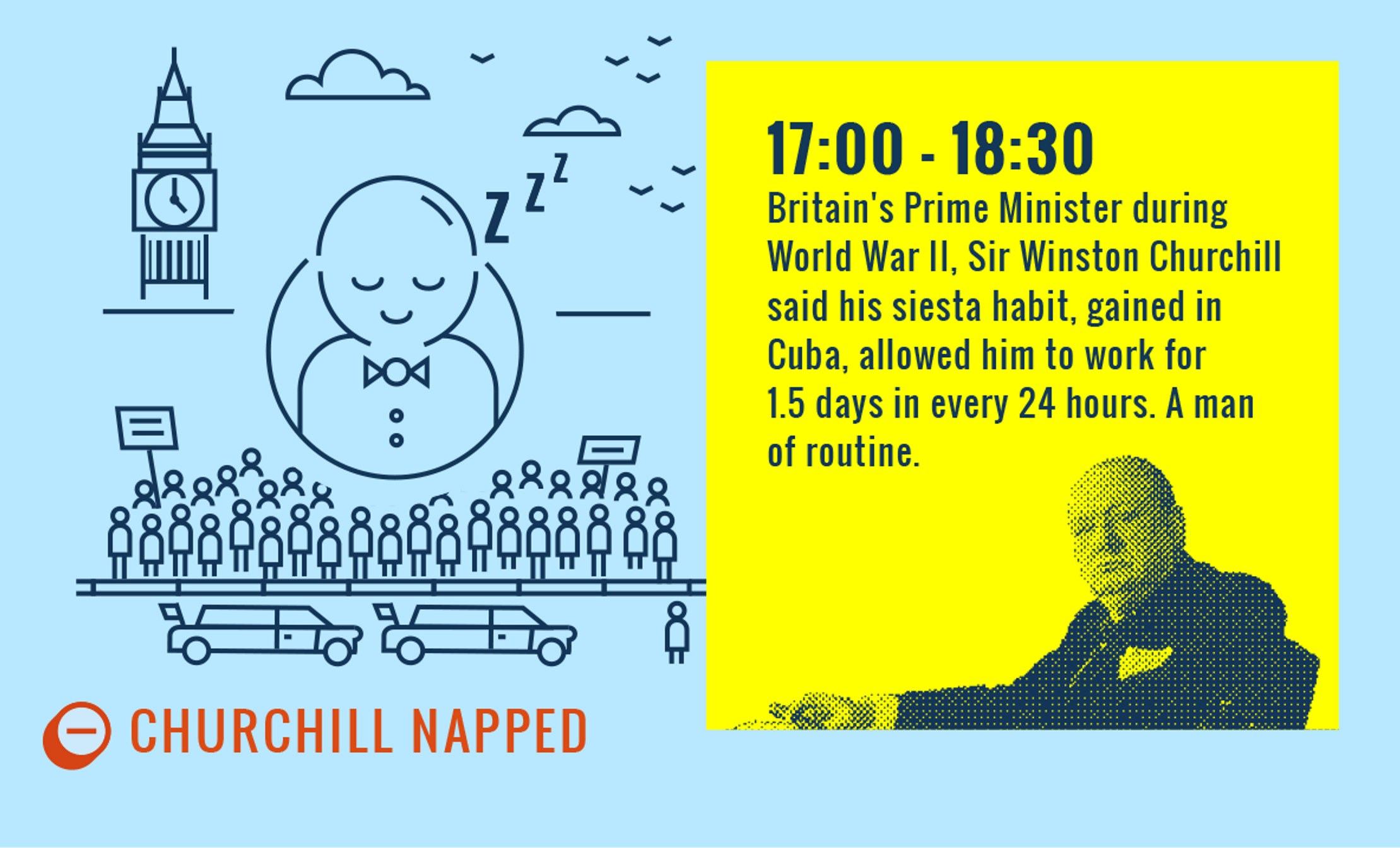
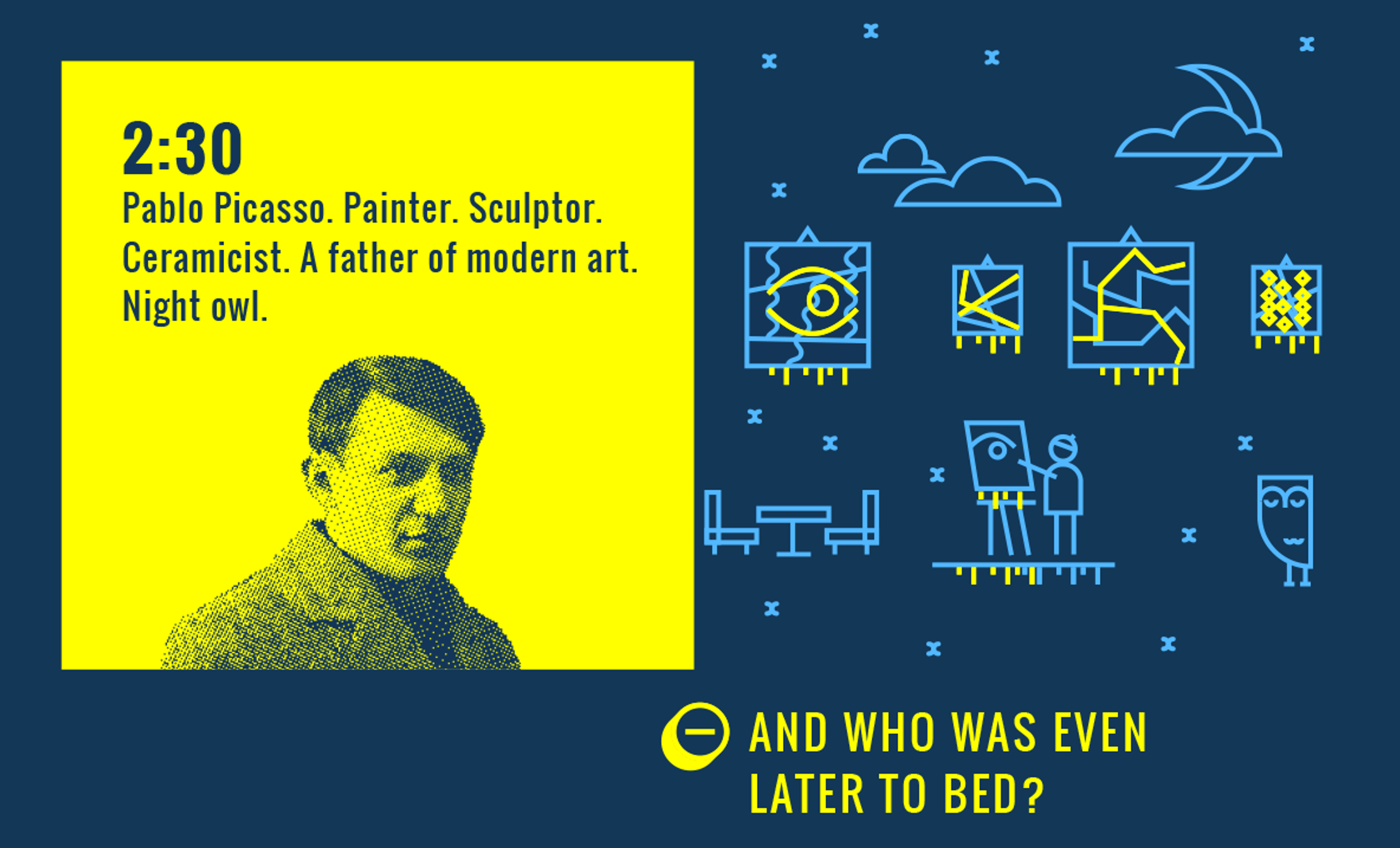
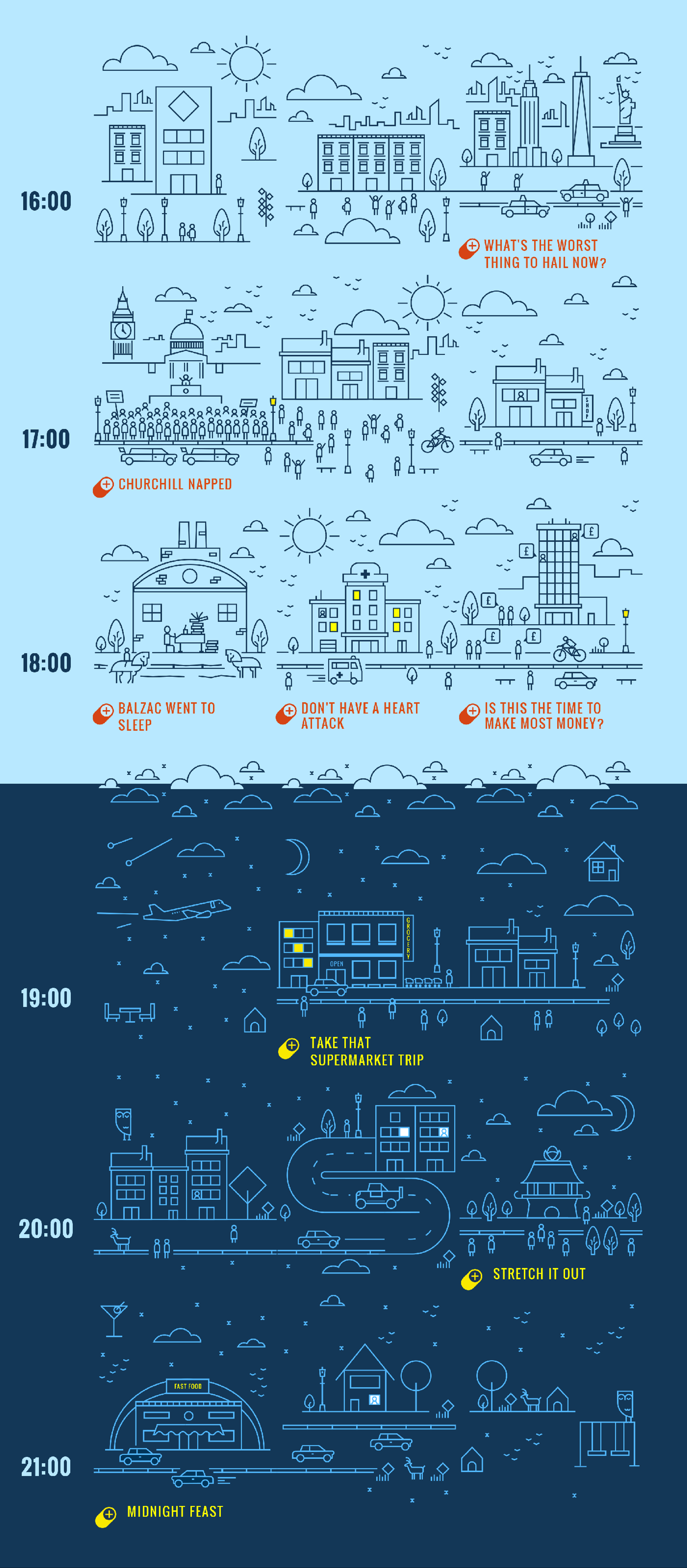
Get in touch:hello@beyondwordsstudio.com
